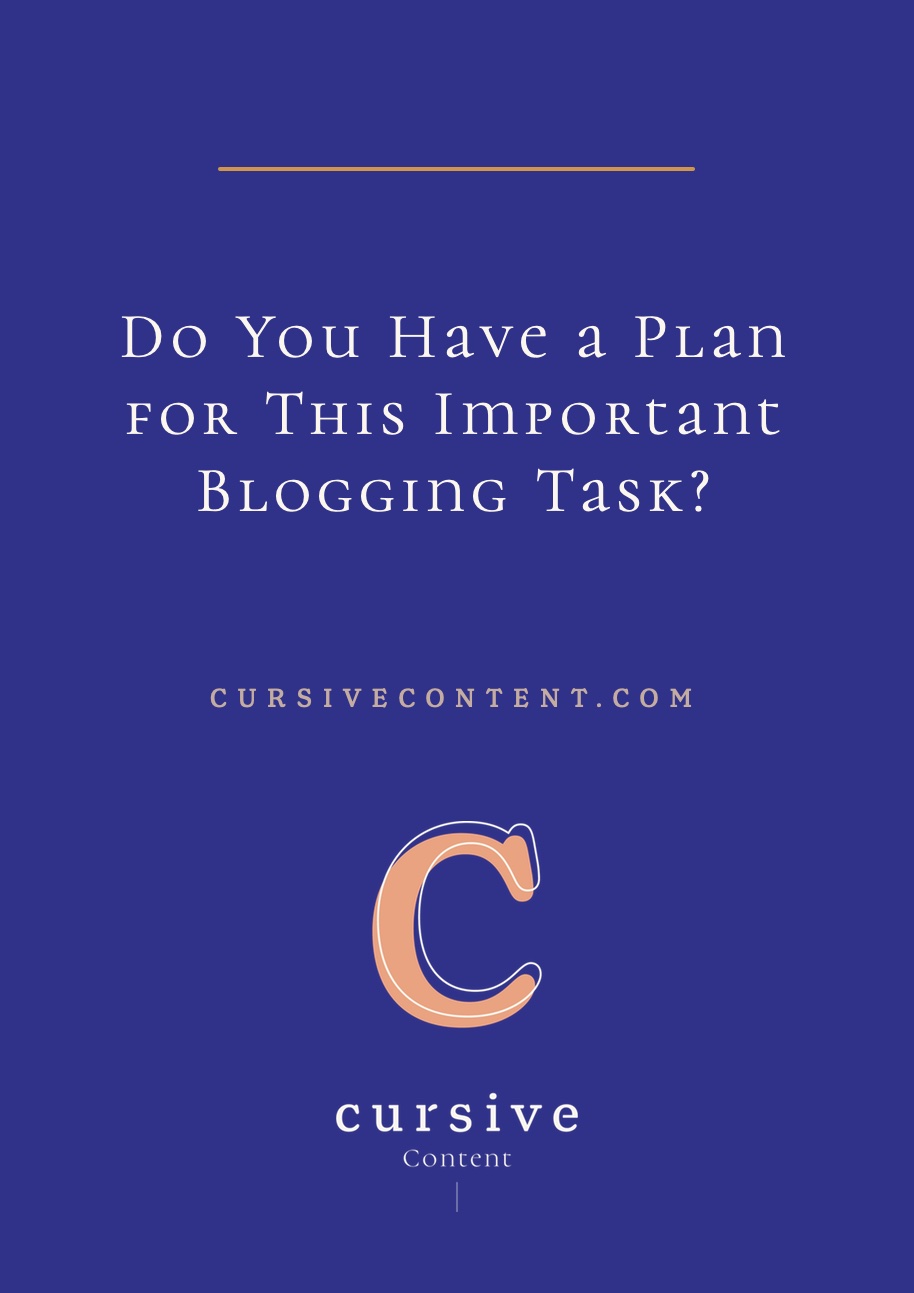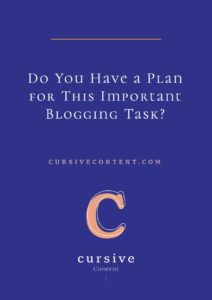Do You Have a Plan for This Important Blogging Task?

You’ve written your post. It’s published. Your social media posts are scheduled. And you’ve moved on to the next task on your to-do list.
But that post is just hitting your audience. They’re clicking, reading and (hopefully) responding.
There’s one more plan you need to have in place—and that’s a system for receiving and responding to blog post comments.
Here are things to keep in mind:
Set up a commenting tool
You want to encourage a two-way flow of communication on your blog, so start by ensuring that blog comments are enabled.
Depending on the platform you use to host your blog, you might have commenting built-in, and can use plugins like Akismet and Disqus to guard against spam and notify you when a new comment has been posted.
Another benefit to plugins like Akismet and Disqus is that you can allow comments to be posted without review, or require approval first to avoid spammy comments and internet trolls.
Establish a protocol
Once commenting is enabled, establish your approach to managing comments—and write it down. Be clear about what the plan will be when someone leaves a negative comment on your blog. Do you filter it out? Allow it to be posted, but ignore it? Respond?
Often this needs to be determined on a case-by-case basis, but we typically advocate for allowing negative comments AND responding to them. A well thought-out response to a negative comment can actually help elevate you in the eyes of your audience—you become the kind of school who is willing to face and respond to what others perceive as your flaws. Instead of using your power to filter out those who disagree with you, you give them a voice, then ensure that your own voice is heard. That’s powerful.
It’s worth mentioning here that “negative comments” can have a very wide definition, and we would draw the line at hate speech or anything closely resembling it. Take a few minutes to think about what an acceptable negative comment looks like, and what type of negative comment you wouldn’t want to give voice to.
Prepare for those sunny, positive comments as well. Responding to those—even with a simple “Thank you!” in response to a compliment—can create connection with your audience.
Create a process
If you have a blog team, establish who will be in charge of getting those comment notifications, reading and responding to them. In case of a negative comment, do they need to run their response by someone else before posting? Establish clear guidelines so the process is smooth and no comments get overlooked.
Remember: you WANT your audience to engage with your content, and allowing them to comment on what you’ve written is a huge part of that. Give them a voice. Encourage it. Create connections by reading and responding to what they have to say. That’s why you blog, and that’s how you build your audience.
Ready to boost your blogging efforts? We can help.
MORE ARTICLES
-
 Clarity in 50 Words or Less: How to Write Your School’s One-Sentence Story
Clarity in 50 Words or Less: How to Write Your School’s One-Sentence Story -
 The 4 Building Blocks of a Strong School Story (and Why AI Needs Them)
The 4 Building Blocks of a Strong School Story (and Why AI Needs Them) -
 How to Stop ChatGPT from Making Your School Sound Generic
How to Stop ChatGPT from Making Your School Sound Generic -
 What Should Your School Do with Its Blog Now That AI Is Changing Search?
What Should Your School Do with Its Blog Now That AI Is Changing Search? -
 What Is Your Private School’s Bold & Unifying Big Promise?
What Is Your Private School’s Bold & Unifying Big Promise? -
 Viewbook Best Practices for Private Schools
Viewbook Best Practices for Private Schools -
 AI Writing Prompts to Power Private School Storytelling
AI Writing Prompts to Power Private School Storytelling -
 How to Write a Magnetic Private School “About” Page
How to Write a Magnetic Private School “About” Page
 E
E